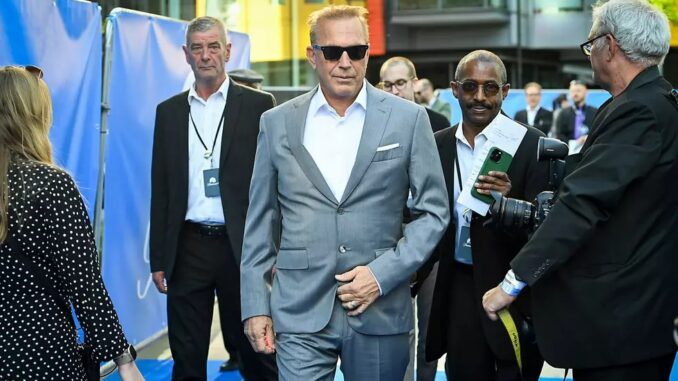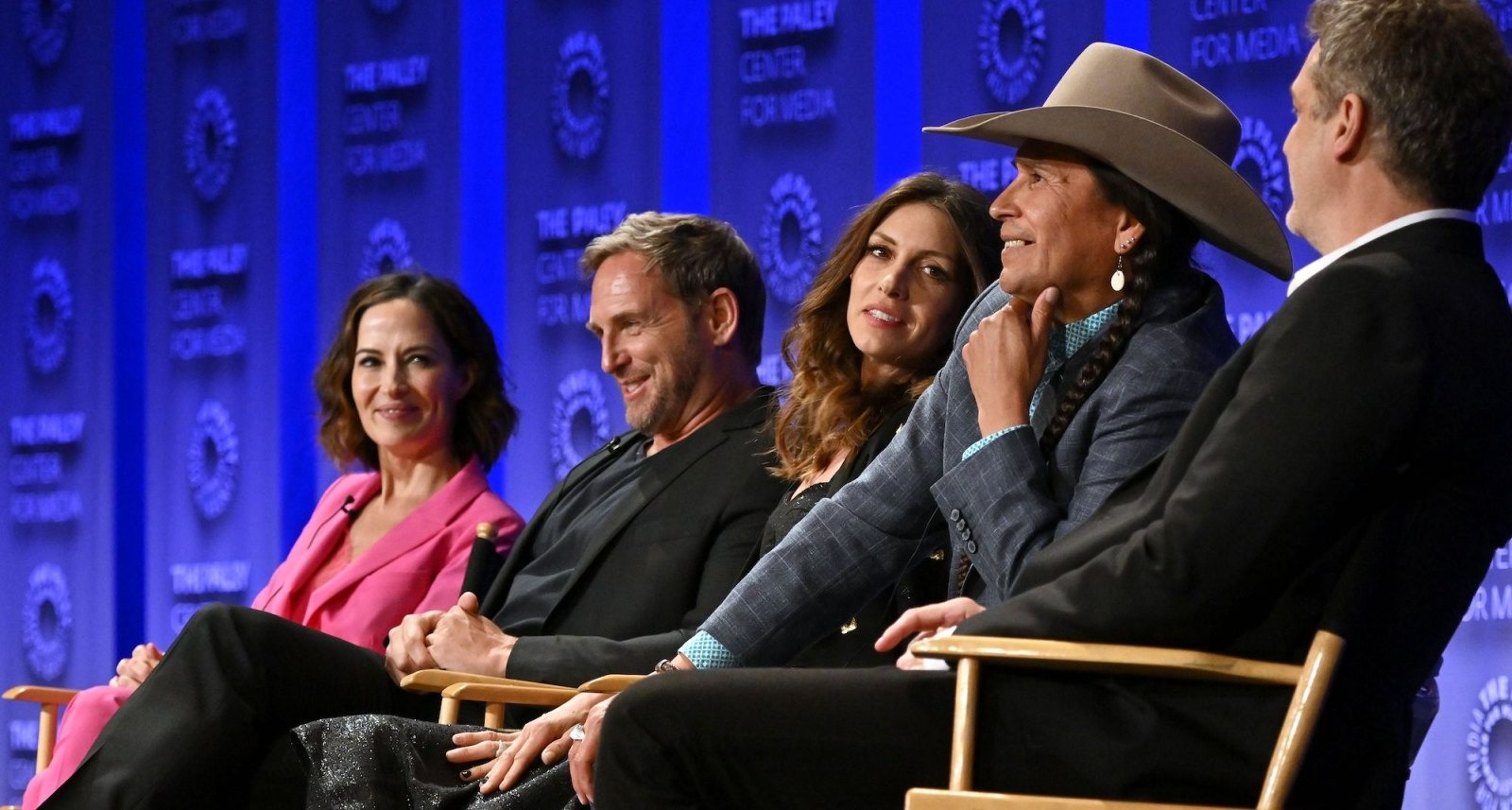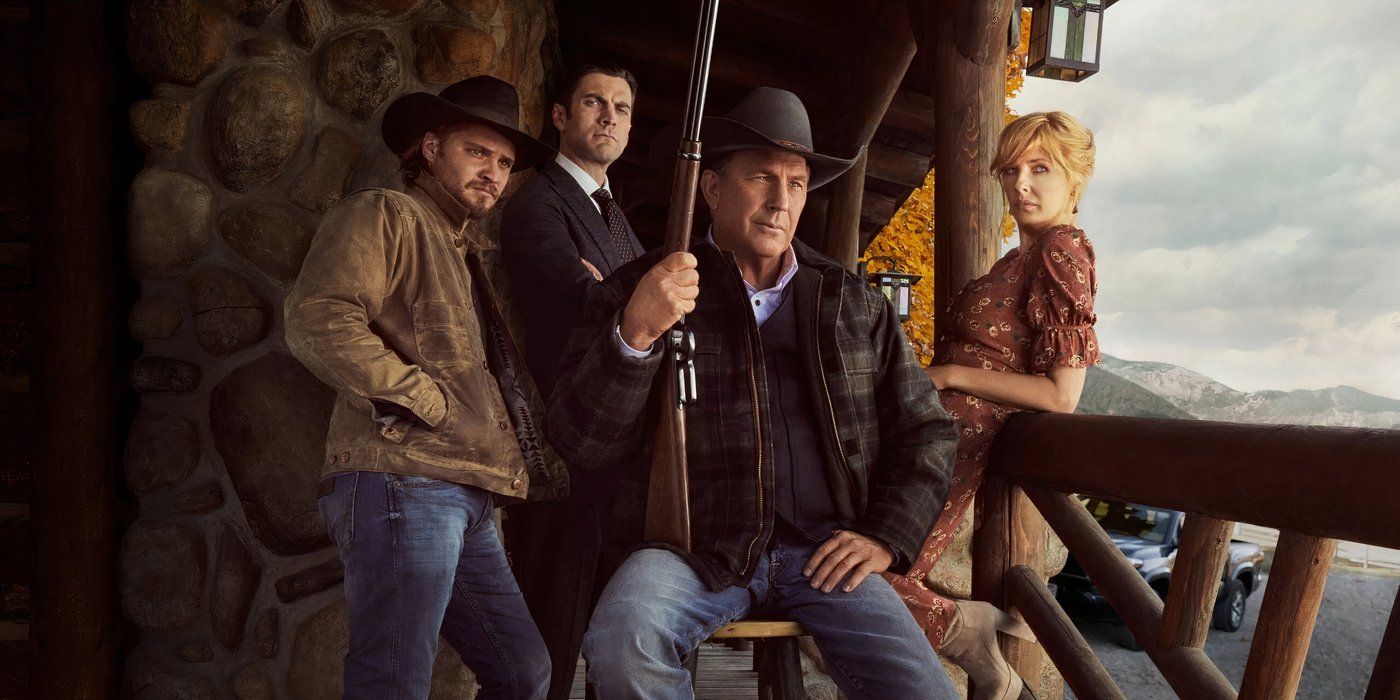
Experts Say Watching Yellowstone & 1923 Has Caused a New Travel Trend
The influence of television on travel trends is nothing new, but the popularity of Taylor Sheridan’s Yellowstone universe has ignited an unprecedented wave of interest in Western-themed travel. From the sweeping landscapes of Montana to the historic charm of cowboy towns, fans of Yellowstone and its prequel 1923 are flocking to these destinations in search of their own slice of the American frontier.
A Surge in Montana Tourism
Montana, long known for its breathtaking national parks and untamed wilderness, has seen a notable uptick in visitors, thanks in large part to Yellowstone. The Dutton family’s sprawling ranch and the rugged beauty showcased in the series have made places like Bozeman, Missoula, and Paradise Valley prime locations for tourism.

According to industry reports, bookings for luxury ranch vacations, horseback riding experiences, and Western-style resorts have surged. Fans want to immerse themselves in the cowboy lifestyle, experiencing cattle drives, fly fishing, and even staying at properties designed to replicate the Yellowstone aesthetic.
The Impact of 1923 on Historical Tourism
While Yellowstone draws viewers to modern-day Montana, 1923 has sparked interest in the historical roots of the American West. The prequel, starring Harrison Ford and Helen Mirren, delves into the challenges of early settlers, Prohibition-era struggles, and the resilience of those who shaped the region.
As a result, historic landmarks, old mining towns, and Western heritage museums have experienced a rise in visitors. Locations like Virginia City, MT, and Sheridan, WY, now see a new generation of travelers eager to connect with the past through guided tours, reenactments, and cultural events inspired by the show.
Western-Themed Stays and Experiences
Hospitality businesses have quickly adapted to this growing trend by offering immersive experiences for visitors. Dude ranches, where guests can live like real cowboys, have become a favorite choice for Yellowstone enthusiasts. Glamping sites featuring luxury tents and authentic frontier cabins have also gained traction, catering to those who want rustic charm without sacrificing modern comfort.
Airbnb listings have capitalized on the popularity, with some properties branding themselves as “Dutton Ranch-style” stays, complete with Western décor and horseback riding opportunities. Meanwhile, travel agencies have begun curating Yellowstone-themed tours, combining scenic drives with activities that highlight the show’s Western charm.
A Cultural Shift Toward the Cowboy Aesthetic
Beyond travel, the Yellowstone phenomenon has contributed to a broader cultural movement embracing Western aesthetics. Western wear, including cowboy boots, hats, and denim fashion, has surged in popularity. Even country music has seen a revival among younger audiences, influenced by the rugged and romanticized lifestyle depicted in the series.

Restaurants and bars have also caught onto the trend, with Western-themed establishments popping up in urban areas. Whiskey tastings, live country music, and cowboy-inspired cuisine have added to the immersive experience for those who want a taste of the Wild West without leaving the city.
Final Thoughts
The success of Yellowstone and 1923 has done more than just entertain audiences—it has reshaped travel preferences and reignited an appreciation for the Western way of life. Whether through visiting Montana’s open plains, exploring historical towns, or embracing cowboy culture, fans are turning their on-screen fascination into real-world adventures. With more spinoffs on the horizon, the Western travel boom is likely to continue, drawing even more people to the landscapes and legacies that make the genre so captivating.
